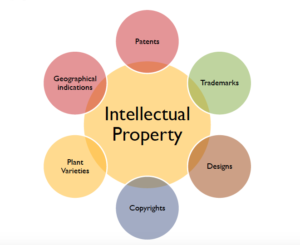About the Speaker: Prof. Satyajit Majumdar is Professor and Chairperson of the Center for Social Entrepreneurship of the School of Management and Labour Studies at Tata Institute of Social Sciences (TISS), Mumbai, India. He teaches, among others, entrepreneurship, social entrepreneurship, strategic human resources management, growth and technology strategy and corporate social responsibility. He also acts as a consultant and corporate trainer in these fields and mentors entrepreneurs and start-up organizations. He has been actively engaged in expert groups at national and international levels to provide guidance in academic program design and implementation. In 2009, he was conferred Galpin International Research Fellowship by the Quinnipiac University, USA. Prof. Majumdar has many research papers and award winning case studies to his credit, published in national and international journals and edited volumes. His research interest area are ‘growth strategy in entrepreneur managed small and medium business organization’ and strategic CSR [1].
The lecture was delivered on 22nd July 2017 at Venture Center as a part of Social Innovation Lecture Series in association with Villgow.
Problem Mapping
The concept of problem mapping is a challenge. Enterprise creation is not linear and may not be based on a great idea or a great solution. Entrepreneurs as individuals solve problems and there are two ways of approaching it:
1. Solution exists and there is a need for problem analysis
2. Problem exists and there is a need to find solution or ideas to solve it
In the latter case, the approach could open a gateway to new possibilities/opportunities and there is a need for problem mapping. This approach without having a solution bias could be collaborative or multidimensional.

Problem mapping is a process of questioning the problem without the bias of any possible solution. It could be multidimensional relating to social, economic, political etc. and the churning of ideas in these domains can influence the problem. An entrepreneur defines the problem according and modifies the system and rules to make it favourable to themselves. When they sell a problem, the product starts selling automatically. During this process, they need to engage with other stakeholders and can create conflict situations. Entrepreneurs manage these risks and facilitate conflict resolution. The result turns out to be a sub optimal solution which is agreeable by all stakeholders. The solutions should aim to create sustainable value – social, economic etc. Often, the technology for solving a particular problem might not be the best or cutting edge and can again influence the problem-solving approach.

Entrepreneurship is a method to solve a problem which is based on principles and processes. Firstly, they need to identify why they are solving the problem? It could be based on aspirations or emotions. It’s this self-motivation which drives them through this process. Secondly, they need to establish the case for the enterprise. This includes problem mapping, identifying the gaps, justifying the solutions and the innovation behind it. The last stage is to establish a model. Creating a value proposition is the foremost step as it will influence the stakeholders. The model also includes scalability, financial implications and market assessment.
In this complex process, it’s the entrepreneur which plays a role of a chief architect and navigates through the decision making process. They look for acceptable solutions, creating value for different domains and improvise through their learnings.
About the Author: Shubham Singh is presently working as the BIRAC Social Innovator at Venture Center, Pune.
References:
[1] http://business-schools-for-impact.org/directory/professor/543817d337816b022f0a58d6


